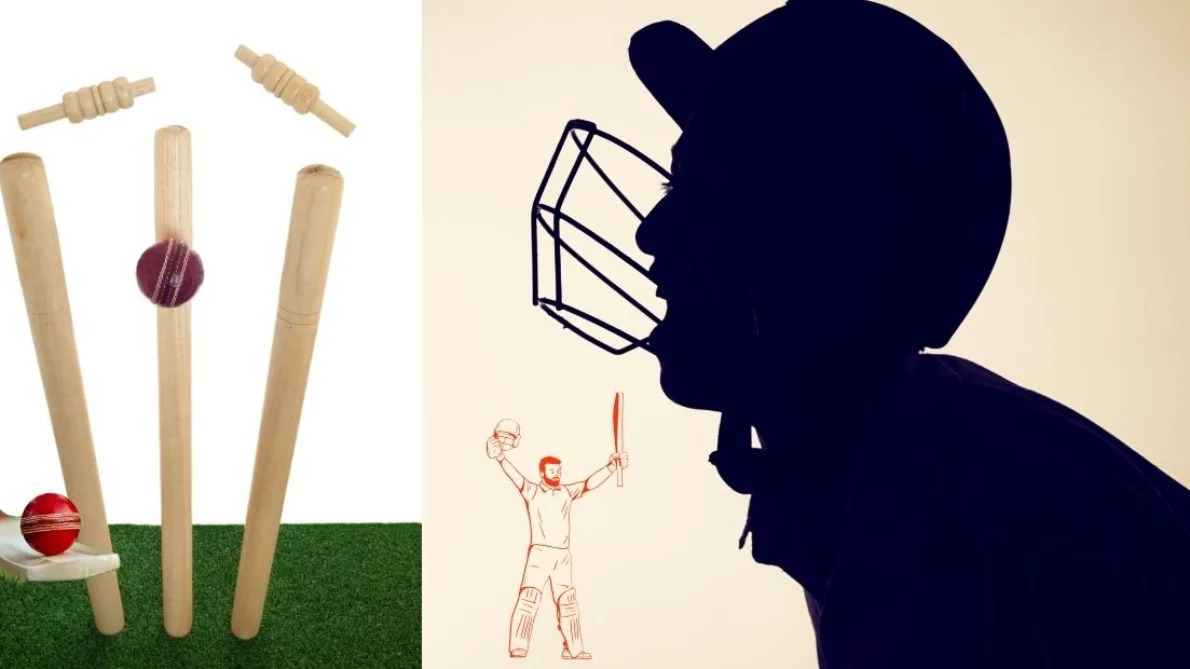Cricket, a game deeply rooted in tradition and strategy, is full of unique terms. One such term that holds both literal and symbolic weight is “stumps.” If you’ve ever wondered, what does stumps mean in cricket, you’re not alone. This phrase encapsulates not only the basic architecture of the game but also key gameplay moments and daily rituals. In this article, we break down everything you need to know about stumps in cricket—from its structure and laws to its evolution and role in the modern game.
1. The Basics: What Are Stumps?
In cricket, the stumps are three vertical wooden posts that form the core part of the wicket, positioned at each end of the pitch. They are:
- 28 inches (71.1 cm) tall
- Spaced to collectively measure 9 inches (22.86 cm) wide
- Topped with two small crosspieces called bails
Each stump has a name depending on the batter's stance:
- Off stump
- Middle stump
- Leg stump
Together, they form the target bowlers aim at and batters fiercely protect. Dislodging the bails from these stumps can result in a batsman’s dismissal.
2. Stumps and Dismissals
Stumps play a central role in several types of dismissals:
- Bowled: The ball hits the stumps directly and removes the bails.
- Stumped: The wicketkeeper breaks the stumps while the batter is outside the crease after missing the ball.
- Run Out: A fielder hits the stumps while the batter is short of the crease during a run.
- Hit Wicket: The batter accidentally knocks over the stumps with their body or bat.
Among these, “stumped” is a specialized term that refers to a sharp piece of work by the wicketkeeper, often catching the batter off-guard after overreaching for a delivery.
3. Symbolic Use: Calling “Stumps” to End Play
The term “stumps” also holds a symbolic meaning in multi-day cricket matches such as Tests. When the umpires “call stumps,” it signals the official end of the day’s play. Traditionally, this was done by physically removing the stumps from the pitch. The phrase now represents a pause in battle—a moment for teams to reflect and regroup.
Calling stumps typically happens:
- At the end of a day’s play
- Due to bad light or weather
- In certain formats, after a timed session
For fans and players alike, “stumps” marks both an ending and a build-up to what comes next.
4. Modern Innovations: LED Stumps and Technology
Cricket has embraced modern technology, and the humble stumps have not been left behind. Today’s matches often feature:
- LED Stumps and Bails: These light up instantly when dislodged, making it easier for third umpires to make split-second decisions.
- Stump Cam: Cameras embedded in the stumps provide exciting angles for broadcast replays.
- Stump Mic: Sensitive microphones placed near the stumps capture crucial on-field sounds like bat nicks and player chatter.
These innovations have elevated the game-viewing experience and improved decision-making, giving stumps a new-age relevance.
5. A Brief History of the Stumps
Originally, cricket featured only two stumps. This posed a problem—balls would often pass between them without hitting anything. In 1775, a third stump was introduced to close the gap, thus forming the modern-day wicket. Since then, stumps have remained a fundamental part of the sport, evolving in design and purpose while retaining their essential role.
6. Why Stumps Matter
Whether it’s a batter defending their wicket, a bowler trying to dismantle it, or a dramatic stumping by a keeper, stumps are central to the drama of cricket. They represent:
- The battleground between bat and ball
- The final frontier that must be protected at all costs
- A visual and emotional marker for spectators, signaling pivotal moments of play
Conclusion
So, what does stumps mean in cricket? It’s more than just three wooden posts. It’s a structural component, a gameplay mechanic, and a traditional cue. Whether you’re a budding fan or a seasoned follower of the game, understanding the many layers of “stumps” deepens your appreciation of cricket's complexity and charm.
From historic Test matches to high-tech T20s, the stumps stand tall—sometimes silent, sometimes flashing—always central to the spectacle of the sport.





Comments